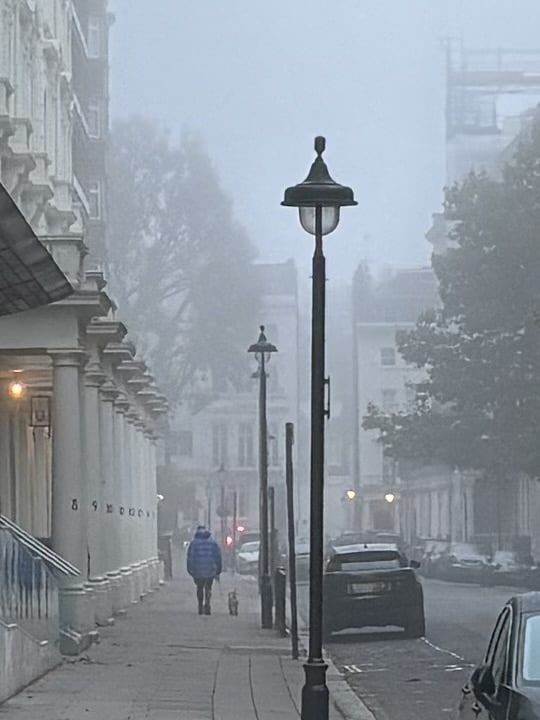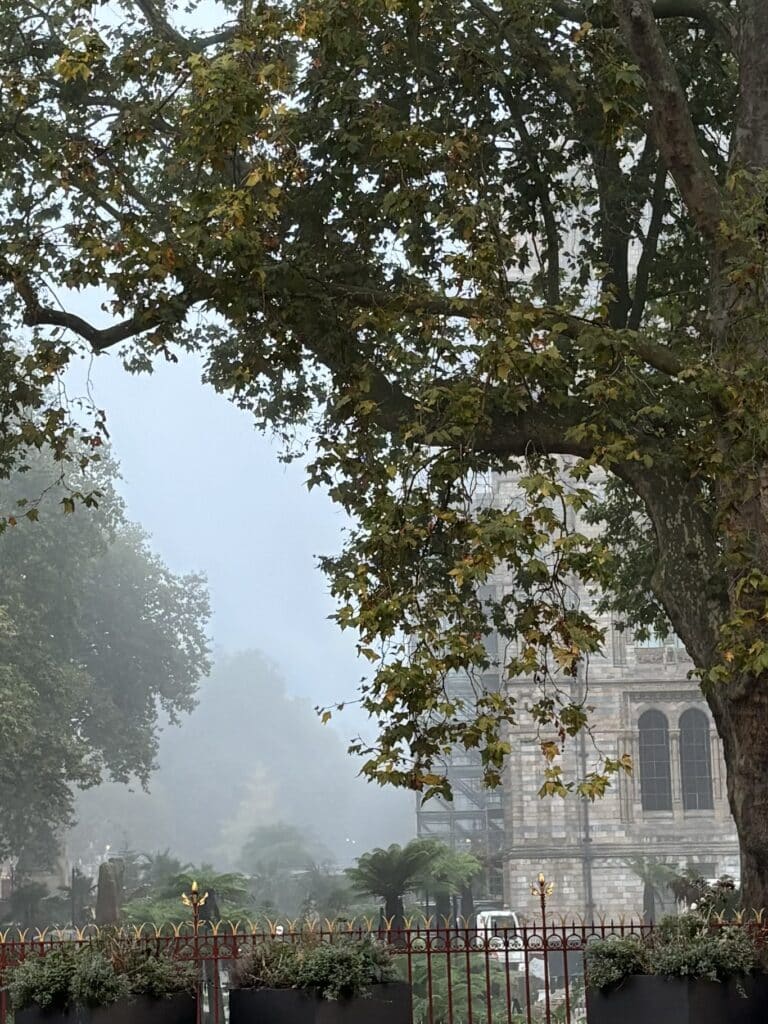We’re here to help
Questions, bookings or treatment advice — message us and we’ll respond promptly during opening hours.
Inside Santi London
A quick glimpse of our space and the experience.
Common questions
How quickly do you reply?
During opening hours we aim to respond the same day. Messages sent after hours are picked up the next morning.
Do you require a deposit?
For some medical or longer appointments a refundable deposit may be taken. We’ll confirm this at the time of booking.
Is there step-free access?
Please let us know any accessibility needs in advance — we’ll do our best to accommodate and can advise on access.
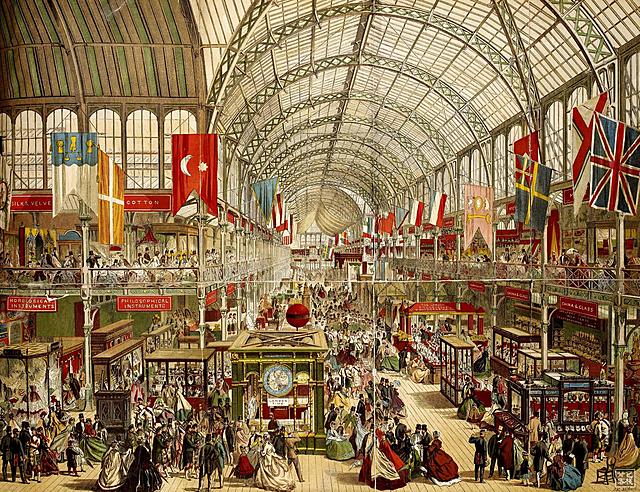
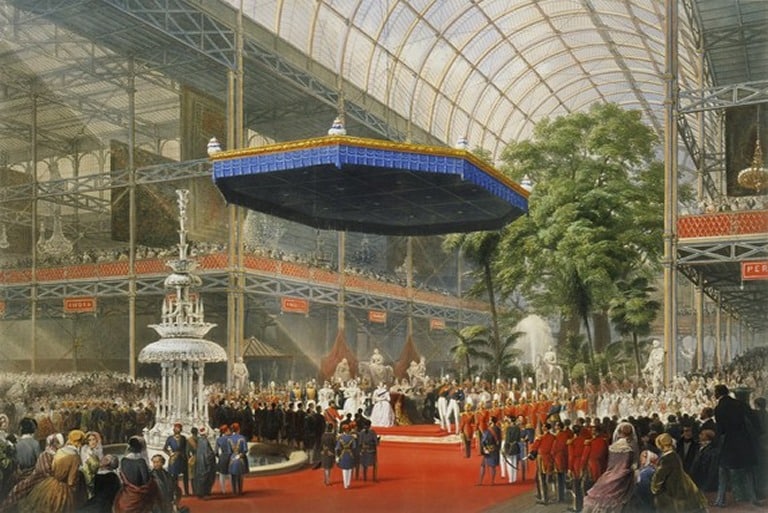
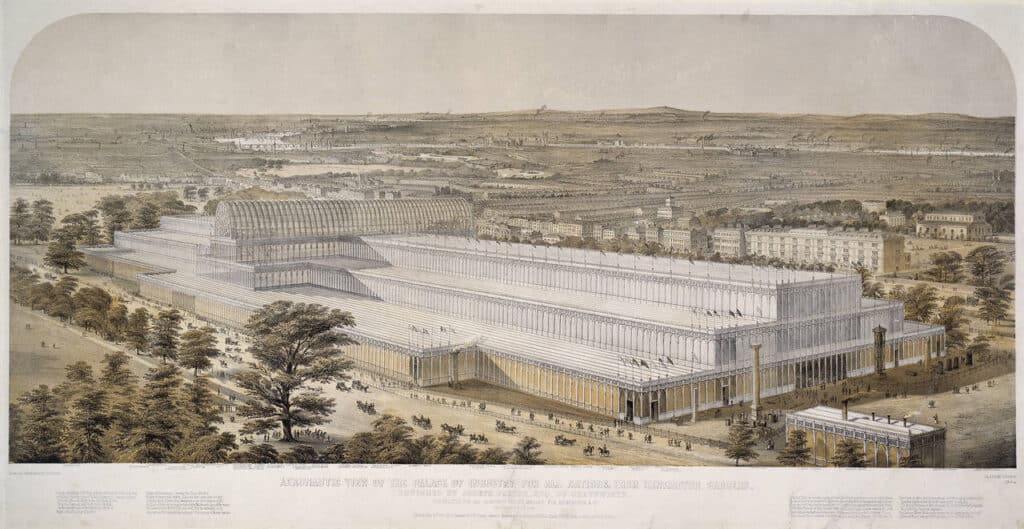
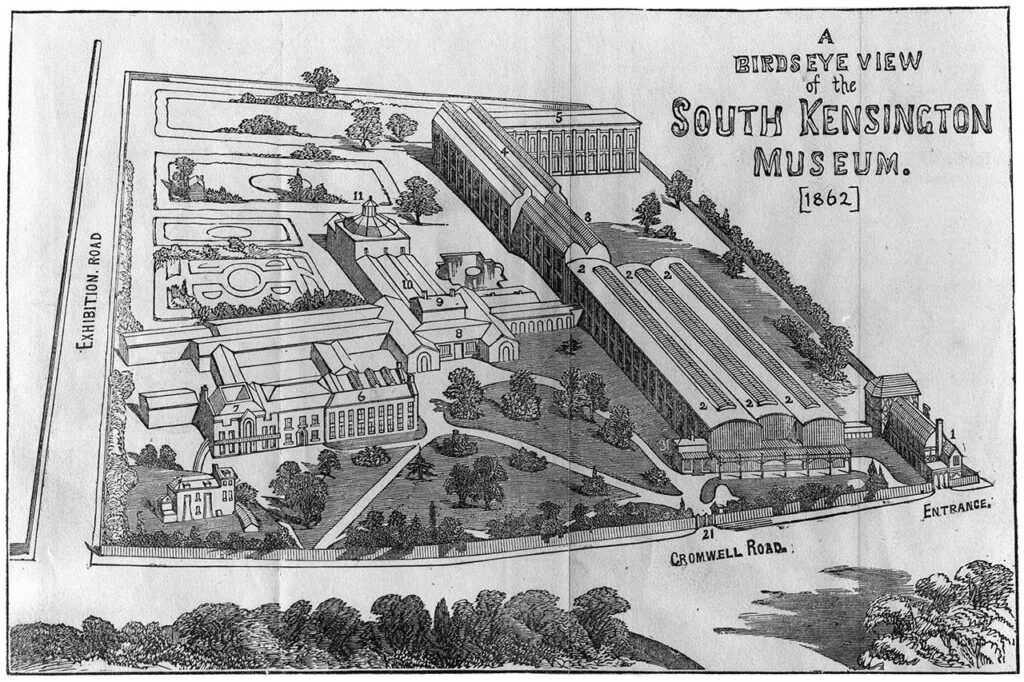
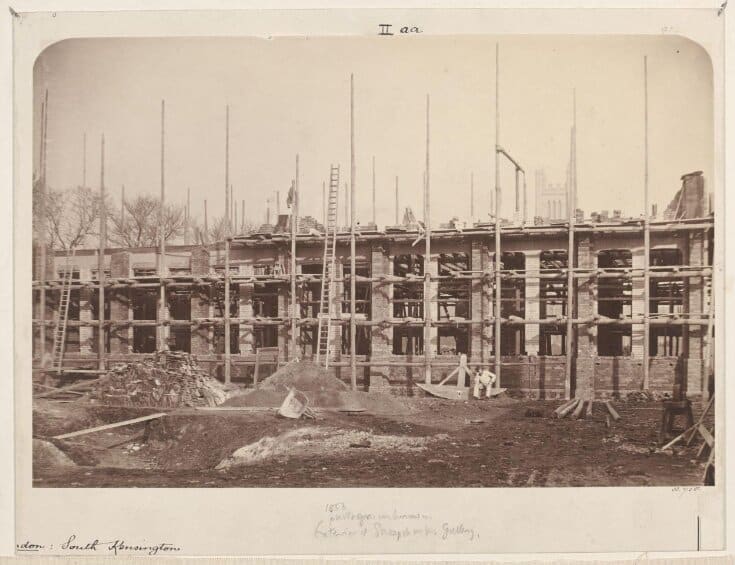
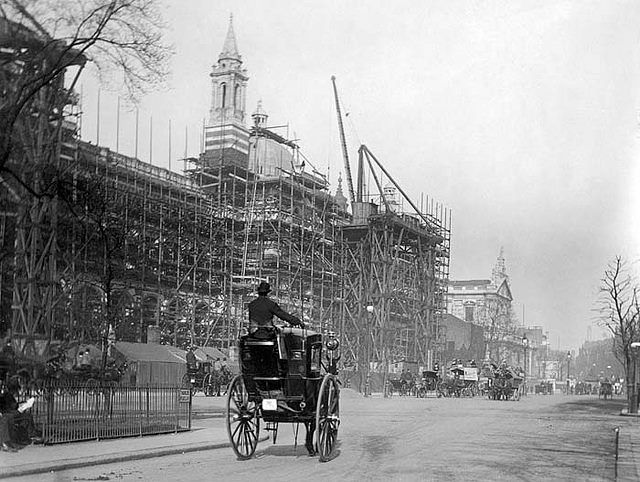
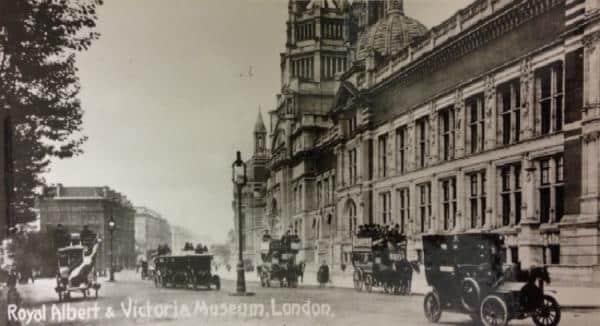

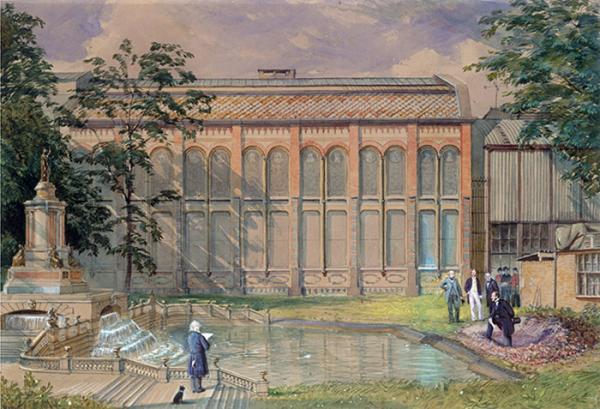
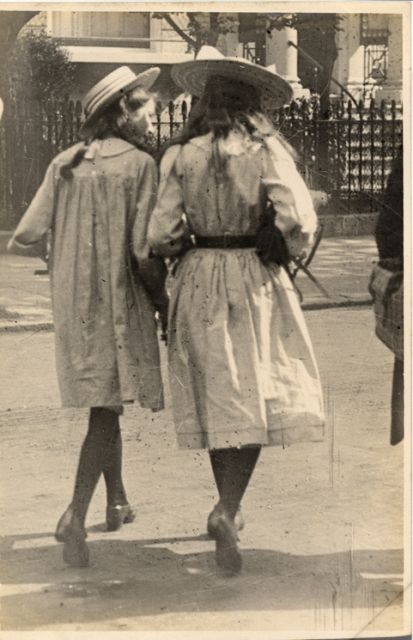
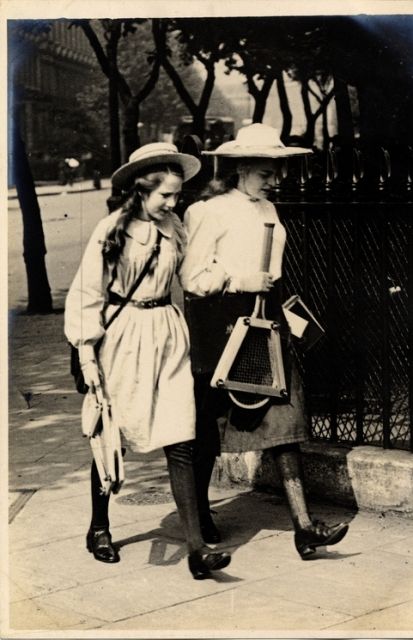
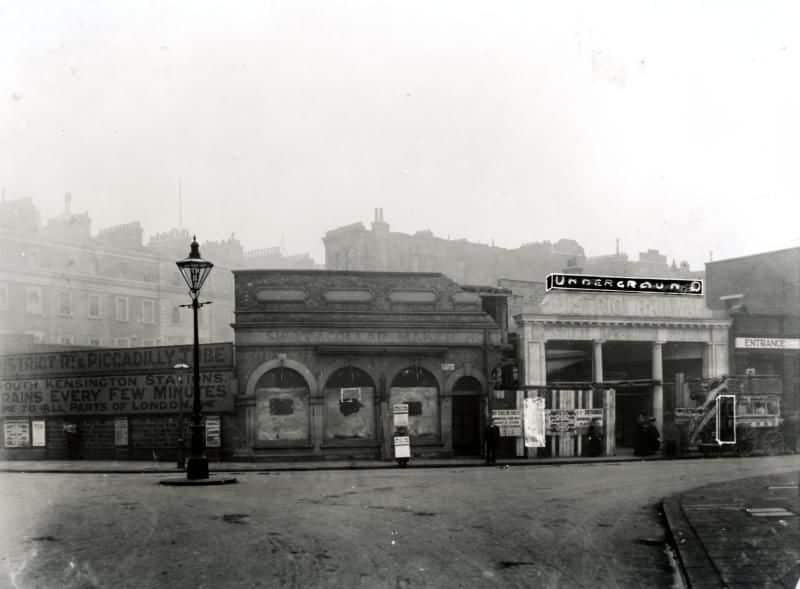
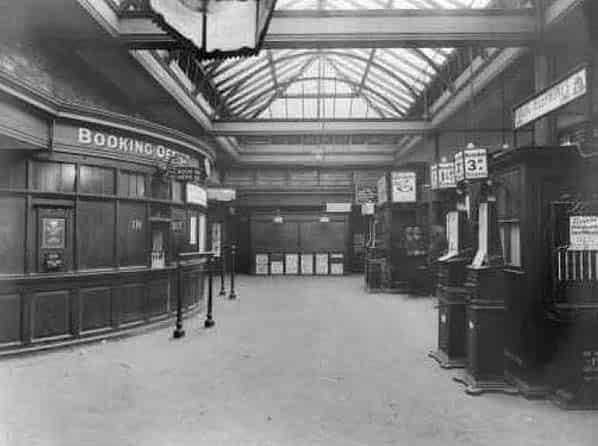
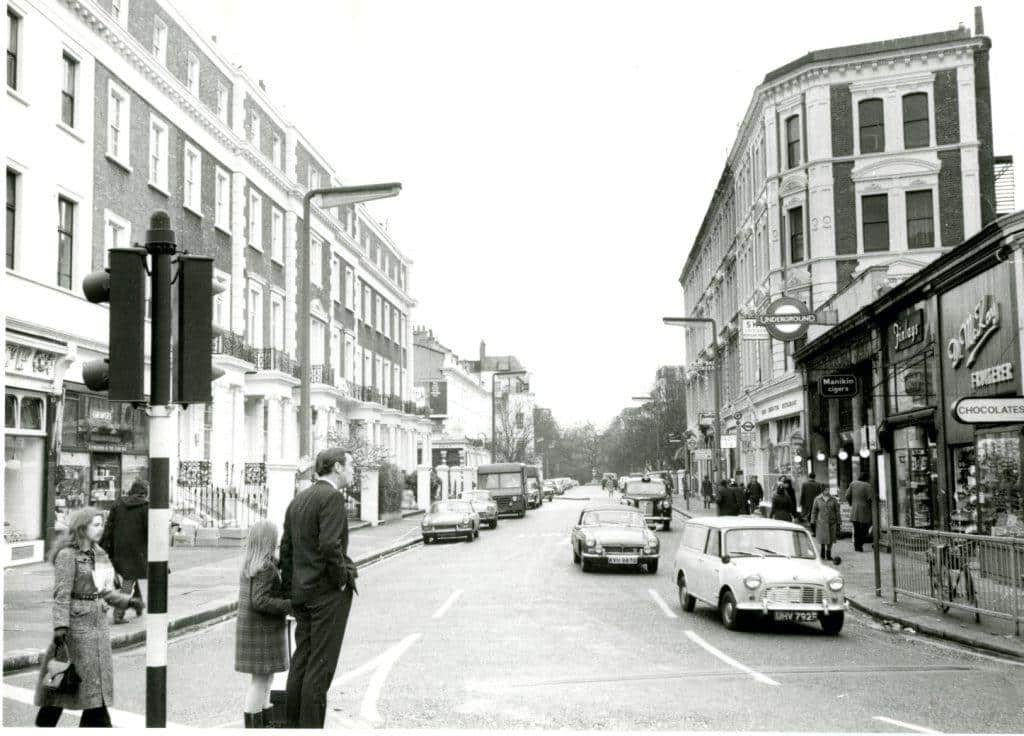
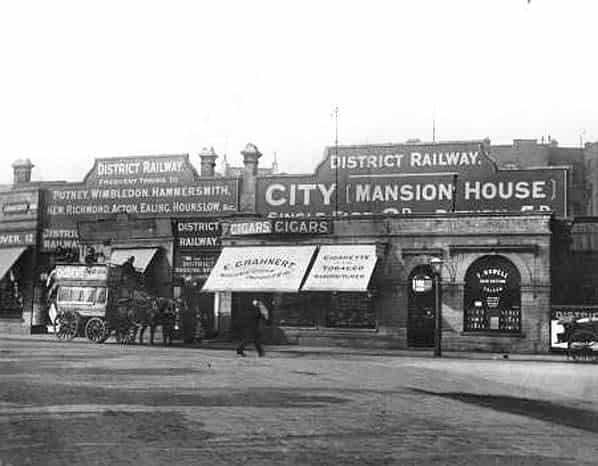
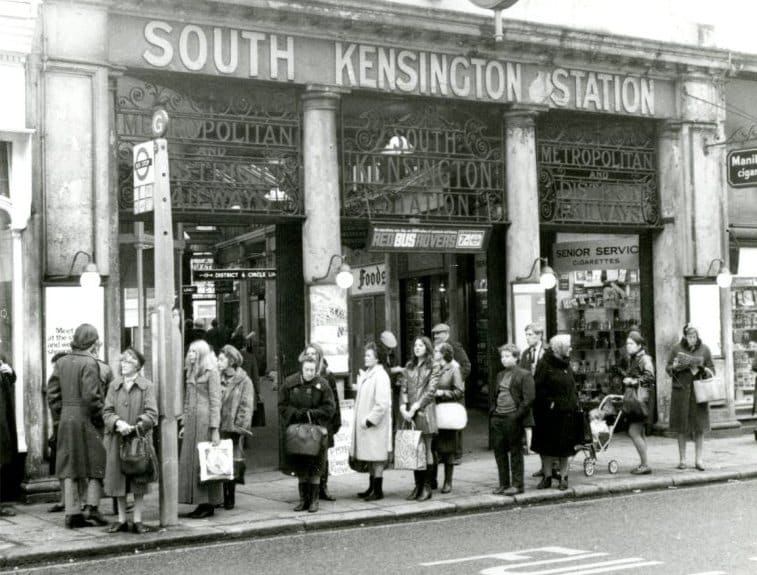
Hyde Park
A portion of Hyde Park’s rich history is intertwined with the development of Park Lane, a road that dramatically altered the park’s landscape. In the early 19th century, a major road construction project aimed at enhancing transportation links between London and the west of England led to the creation of Park Lane, resulting in the loss of a significant portion of Hyde Park.
Before the advent of Park Lane, Hyde Park spanned approximately 350 acres of green space. However, the construction of this road significantly reduced the park’s size by around 63 acres, with the most substantial impact occurring in the park’s northeastern corner. This reduction in size sparked public protests, with many arguing that the park was a valuable amenity that deserved protection from further encroachment. Despite these objections, the road was built, and today Park Lane stands as a bustling thoroughfare alongside one of London’s most iconic green spaces.
The transformation did not stop there. In addition to the initial loss of land during the construction of Park Lane in the 19th century, further changes came in the 1960s and 1970s when the road was widened.
During the 1960s, plans were made to widen Park Lane as part of a broader road improvement scheme in London. The widening project necessitated the removal of several rows of trees and a substantial portion of parkland on Hyde Park’s eastern edge. This extensive work was completed in the early 1970s, resulting in Park Lane now boasting three lanes of traffic in each direction.
The loss of parkland to accommodate the road’s expansion was met with controversy at the time. Many argued that the road’s widening was unnecessary and that Hyde Park should have been shielded from further encroachment. Despite the protests, the road-widening project proceeded, and today, the eastern edge of Hyde Park is characterized by the bustling traffic of Park Lane.
As you visit Santi South Kensington, take some time to explore the historical layers of Hyde Park, where the past is entwined with the ever-changing urban landscape of London.
The name “Hyde Park” derives from its historical connection to the manor of Hyde, which was held by the monks of Westminster Abbey. The area originally known as Hyde formed part of the manor, which included what is now Hyde Park and the surrounding districts.
In 1536, King Henry VIII seized the land from the monks during the Dissolution of the Monasteries and turned it into a royal hunting ground. It was subsequently opened to the public in 1637 and has since become one of London’s most famous parks.
